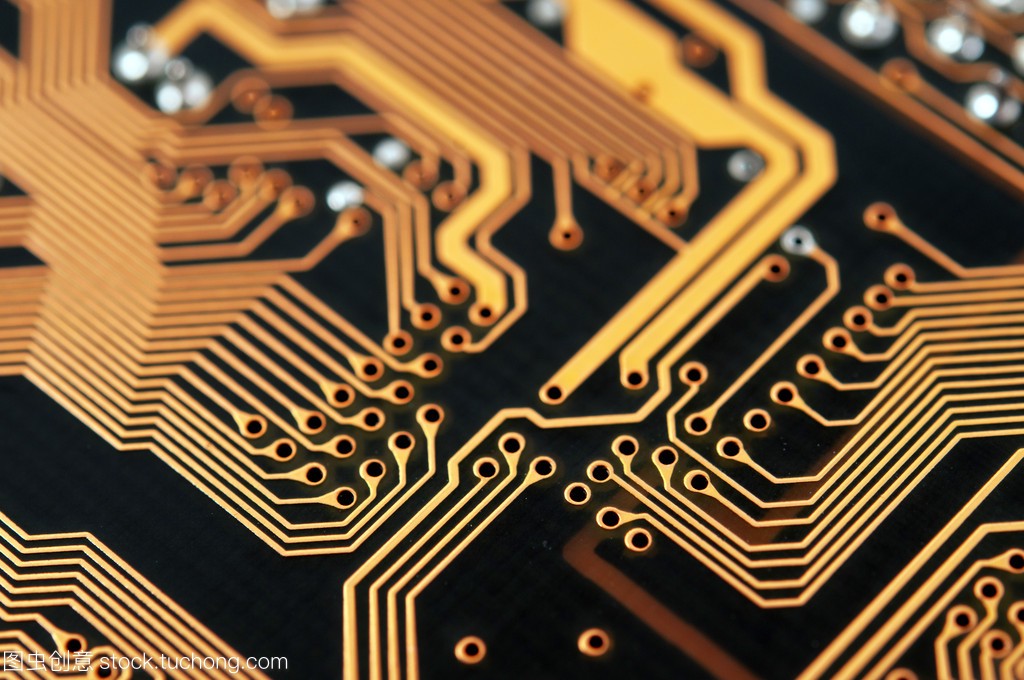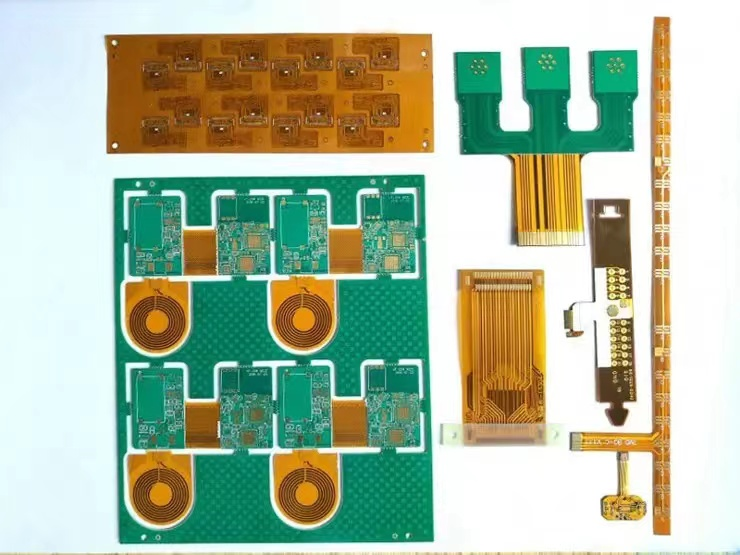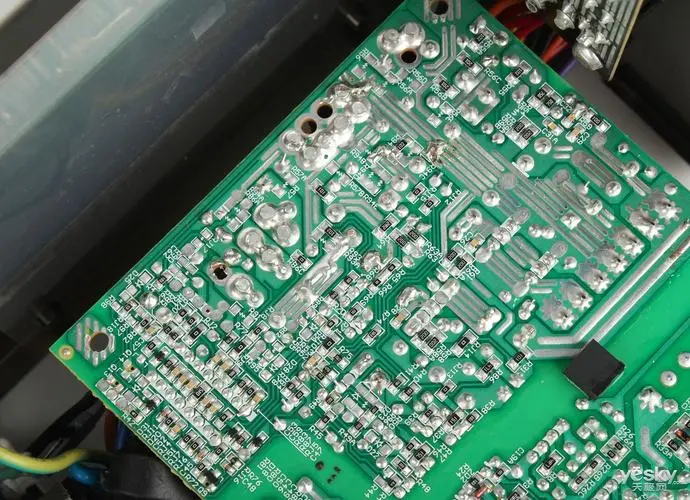
1) IPC-ESD-2020: developed electrostatic discharge control programJoint standard. Including the design, establishment, implementation and maintenance of the electrostatic discharge control program necessary. According to the historical experience of some military organizations and commercial organizations, it provides guidance for electrostatic discharge treatment and protection in sensitive period.
2) IPC-SA-61A: Manual for cleaning half water after welding. Includes all aspects of hemihydrate cleaning, including chemical, production residues, equipment, process, process control, and environmental and safety considerations.
3) IPC-AC-62A: Water cleaning manual after welding. Describe manufacturing residues, types and properties of hydrogenic cleaners, hydrogenic cleaning processes, equipment and processes, quality control, environmental control and employee safety, and cleanliness measurement and measurement costs.They are all elements of production.

4) IPC-DRM-40E: Desktop reference manual for Through-hole welding point assessment. Detailed description of components, hole walls and weld face coverings as required by the standard, in addition to computer generated 3D graphics. It covers tinning, contact angles, tinning, vertical padding, pad coverage, and a large number of weld point defects.
5) IPC-TA-722: The content involves general welding, welding materials, manual welding, batch welding, wave welding, reflow welding, gas phase welding and factors of production infrared welding.
6) IPC-7525: Template design guide. Provides guidelines for the design and manufacture of solder paste and surface mount binder coated formwork designs that apply surface mount technology are also discussed, and Kun he techniques with through-hole or flip chip components are described, including overprint, double print, and staged formwork designs.These are very helpful in terms of production.
7) IPC/EIA J-STD-004: Technical indicators and classification including rosin, resin, etc., organic and inorganic flux classified according to the halide content and activation degree of flux; It also includes flux use, flux-containing substances, and low-residue flux used in no-wash processes.
8) IPC/EIA J-STD-005: lists the characteristics and technical specifications of solder paste requirements, including test methods and metal content standards, as well as viscosity, collapse, solder ball, viscosity and solder paste adhesion properties.
9) IPC/EIA J-STD-0 06A: Specification requirements for electronic grade solder alloys, flux and non-flux solid solder. To provide terminology, specification requirements and test methods for electronic grade solder alloys, for rod, ribbon, powder flux and non-flux solder, for electronic solder applications, and for special electronic grade solder.
10) 10) IPC-CA-821: General requirements for thermal binder. Includes requirements and test methods for attaching the component to a conductive dielectric in a suitable position.
11) 11) IPC-3406: Guide for Applying binders to Conductive Surfaces. To provide guidance on the selection of conductive binder as an alternative solder in electronic manufacturing.
12) IPC-AJ-820: Production requirements. Assembly and Welding Manual. Contains a description of inspection techniques for assembly and welding, including terms and definitions; Specification reference and outline for printed circuit boards, components and pins, materials for welding points, installation and design of components; Welding technology and packaging; Cleaning and laminating; Quality assurance and testing.
13) IPC-7530: Guide for Temperature Curves for Batch Welding Processes (Reflow and Crest Welding). Various measuring methods, techniques and methods are used to obtain the temperature curve, which can provide guidance for establishing the best graph.
14) IPC-TR-460A: Wave-soldering troubleshooting List for printed circuit boards. A list of recommended corrective actions for possible failures caused by wave soldering.
15) the IPC/EIA/JEDEC J - STD - 003 - a. Weldability testing of printed circuit boards.
16) J-STD-0 13: Application of pin Grid Array Package (SGA) and other high density technologies. The specification requirements and interactions required for the PCB packaging process are established to provide information for high performance and high pin number IC packaging interconnects, including information on design principles, selection of materials, board fabrication and assembly techniques, testing methods, and end-use environment based reliability expectations.
17) IPC-7095: SGA device design and assembly process supplement. Provides a variety of useful operational information for those who are using SGA devices or considering moving to the array package format; Provide guidance for SGA inspection and maintenance and provide reliable information on SGA field.
18) IPC-M-I08: Cleaning Instruction manual. Includes the latest version of IPC cleaning instructions to assist manufacturing engineers in deciding on the cleaning process and troubleshooting of products.
19) IPC-CH-65-A: Cleaning Guide for printed circuit Board Assembly. Provides a reference for current and emerging cleaning methods in the electronics industry, including a description and discussion of various cleaning methods, explaining the relationship between various materials, processes and contaminants in manufacturing and assembly operations.
20) IPC-SC-60A: Cleaning manual for solvents after welding. The use of solvent cleaning techniques in automatic and manual welding is presented. The properties of solvents, residues, process control and environmental issues are discussed.
21) IPC-9201: Surface Insulation Resistance manual. Covers surface insulation resistance (SIR) terminology, theory, test procedures and test methods, as well as temperature and humidity (TH) tests, fault modes and troubleshooting.
22) IPC-DRM-53: Introduction to the electronic assembly desktop reference manual. Drawings and photographs used to illustrate through-hole installation and surface mount assembly techniques.
23) IPC-M-103: Surface Mount Assembly Manual standard. This section includes all 21 IPC files for surface mount.
24) IPC-M-I04: Standard for Printed circuit Board Assembly Manual. Contains the 10 most widely used documents on printed circuit board assembly.
25) IPC-CC-830B: Performance and identification of electronic insulating compounds in printed circuit board assembly. The protective coating meets an industry standard for quality and qualification.
26) IPC-S-816: Surface Mount Technology Process Guide and list. This troubleshooting guide lists all types of process problems encountered in surface mount assemblies and their solutions, including bridging, leaky welding, and misaligned placement of components.
27) 27) IPC-CM-770D: Installation Guide for Printed Circuit Board Components. Provides effective guidance for the preparation of components for pcb assembly and reviews relevant standards, influences and issues, including assembly techniques (both manual and automatic as well as surface mount and flip wafer assembly techniques) and consideration of subsequent welding, cleaning and laminating processes.
28) 28)IPC-7129: Calculation of the number of failures per million Opportunities (DPMO) and printed circuit board assembly and manufacturing indicators. For the calculation of defects and quality related industry agreed benchmark indicators; It provides a satisfactory method to calculate the number of failures per million chance benchmark index.
29) IPC-9261: Output estimates of printed circuit board assemblies and failures per million opportunities during assembly. It defines a reliable method to calculate the number of failures per million chance in the process of PCB assembly. It is a measure to be evaluated at each stage of the assembly process.
30) IPC-D-279: Design Guide for Assembly of Printed Circuit Boards for Reliable Surface Mount Technology. Guide to the reliability manufacturing process for surface mount and hybrid printed circuit boards, including design ideas.

31) IPC-2546: Combination requirements for transmission points in printed circuit board Assembly. Material movement systems such as actuators and buffers, manual placement, automatic screen printing, automatic binder distribution, automatic surface mount placement, automatic plating through hole placement, forced convection, infrared reflow furnace, and wave soldering are described.
32) IPC-PE-740A: Troubleshooting in the manufacture and assembly of printed circuit boards. Includes case records and calibration activities for problems in the design, manufacture, assembly and testing of printed circuit products.
33) IPC-6010: Series manual of Quality Standards and Performance Specifications for Printed Circuit Boards. Includes the quality standards and performance specification standards set by the American Printed Circuit Board Association for all printed circuit boards.It also helps on the production side.
34) IPC-6018A: Inspection and testing of microwave finished printed circuit boards. Includes performance and qualification requirements for high frequency (microwave) printed circuit boards.
35) IPC-D-317A: Design Guidelines for electronic Packaging with High Speed Technology. Provides guidance for the design of high speed circuits, including mechanical and electrical considerations and performance testing.







